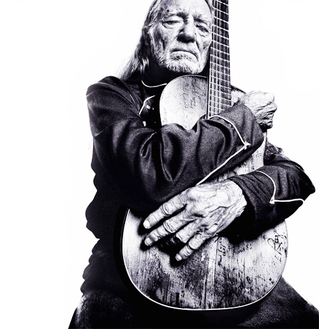This is why I was thrilled when I Skype student of the Piano Shed asked to learn the Willie Nelson tune "Crazy." This is a song that I've always loved but never played on piano, so I decided to write an intermediate level piano arrangement for my student, myself, and for you all! This song was made famous by Patsy Cline and has been covered like crazy (pun INTENDED). Here's Willie's version:
STEP 1: Get the left-hand solid until you can play along with a metronome. Start with a metronome on all 4 beats, and then if you are up for a challenge, check it out with the metronome on 2 & 4 like I do in the video. It's harder than you might think!
STEP 2: Right hand. Similar to the Garner style, the right hand has a way of floating over the steady rhythm of the left hand. It's important to mention that I didn't transcribe the melody exactly as Willie sang it. Why that's? Well, Willie has a very unique way of phrasing the melody. (Phrasing, by the way, describes the way a melody is interpreted by the performer -- the way he/she changes the rhythm, the timing, the dynamics, and articulations to make it sound more...well...human). He plays around with the rhythm, often singing behind the pulse, giving it this great lazy and defeated feeling. If I transcribed the rhythm exactly as he sang it it would be terribly confusing to read and wouldn't be fun for anyone. It's more about a feeling than notes on a page.
So, first learn the melody as I wrote it. Again, it won't sound like the recording but it will be close (check out the video!). Then once you have it down, try and get a little more adventurous with the rhythm. Listen to the Willie Nelson recording and see how close you can get to off-kilter rhythmic stylings.
When working on playing melodies on an instrument, one of the best things we can do is listen to vocalists and imitate how they do it. Miles Davis said that he used to listen to Frank Sinatra records to learn how to interpret melodies. If we can make our instrument sound like it's singing, we are doing something right.
Now see if you can that grooving persistent left hand, all while playing a loose melody on the top of it. Make Erroll Garner proud!
STEP 3: As a final challenge for the advanced player, you can try to go off the page a bit and make your own stride arrangement of the tune. Check out what I did at the end of the video for a guideline. This is a whole other topic, but basically what I am doing is:
LH: plays root notes on beat 1 or (beats 1 and 3) then then the chord (or parts of the chord) on the other beats.
RH: plays the melody but thickens it up by adding in octaves and chord tones.
Happy Shedding!


 RSS Feed
RSS Feed